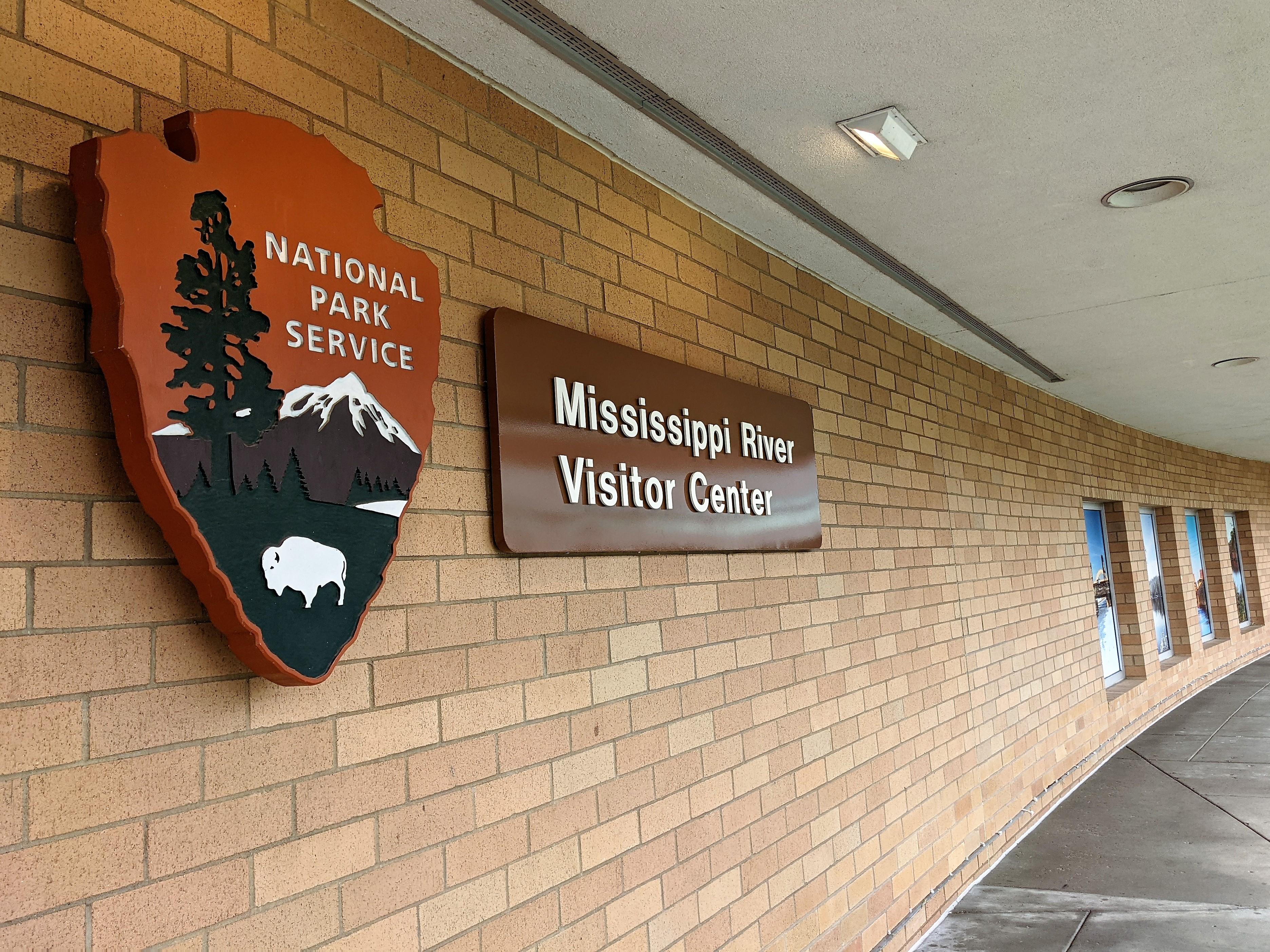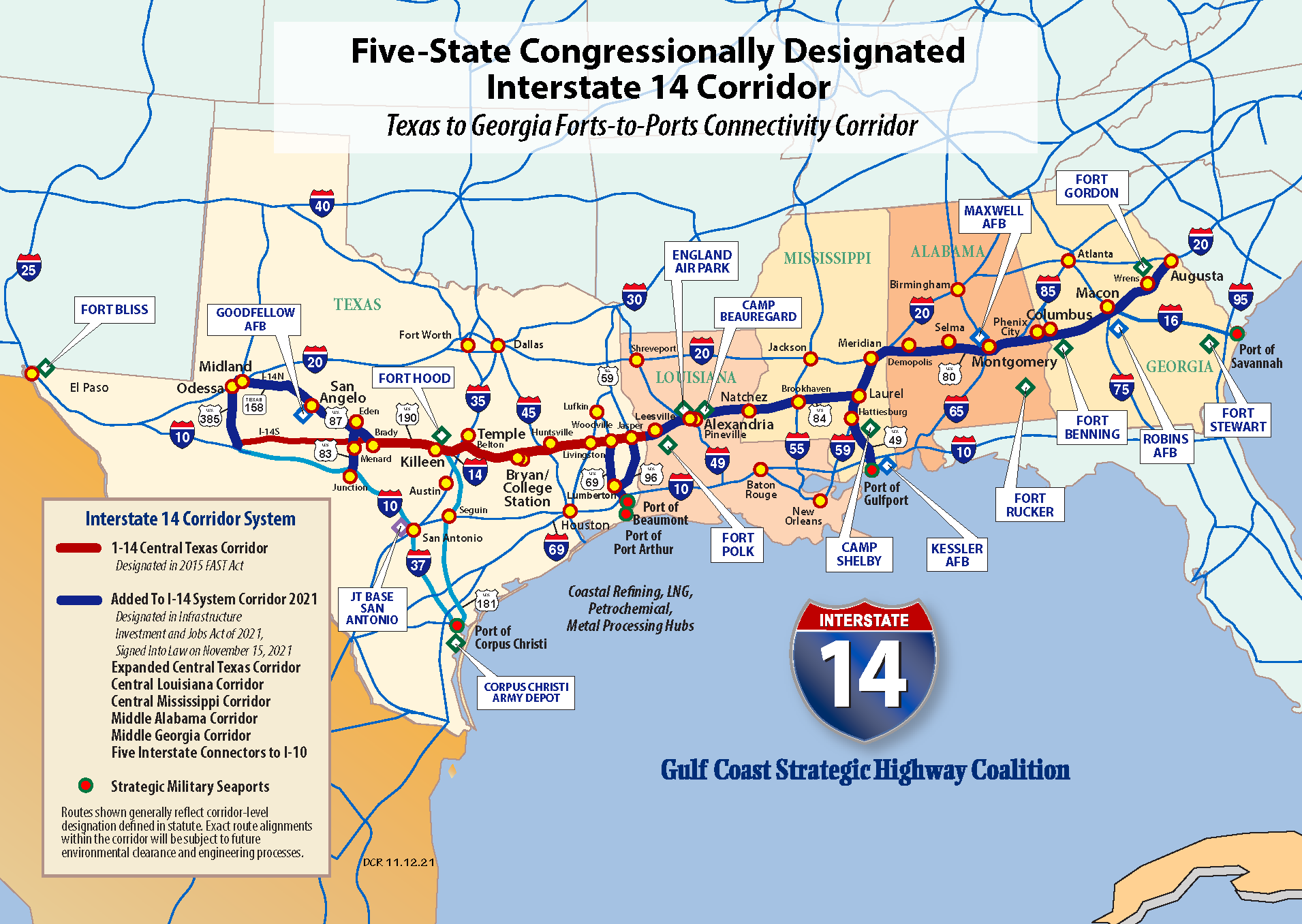Directions To Columbus Mississippi - Columbus is the county seat and city of Lowndes County on the eastern border of Mississippi, United States.
It lies mainly east, but also north and northeast of the Tombigbee River, which is also part of the Tennessee-Tombigbee Waterway. It is approximately 146 miles (235 km) northeast of Jackson, 92 miles (148 km) north of Meridian, 63 miles (101 km) south of Tupelo, 60 miles (97 km) northwest of Tuscaloosa, Alabama, and 120 miles (120 km) km) west of Birmingham, Alabama.
Directions To Columbus Mississippi

Columbus is the principal city of the Columbus Micropolitan Statistical Area, which is part of the larger Columbus-West Point Combined Statistical Area. Columbus is also part of an area of Mississippi known as the Golden Triangle, consisting of Columbus, West Point, and Starkville, in Lowndes, Clay, and Octobeha counties.
Our Lady Of The Gulf Catholic Church
The first record of Columbus's site in Western history is found in the chronicles of explorer Hernando de Soto, who is believed to have crossed the nearby Tombigbee River in search of El Dorado. However, the site assumes great continuity in United States history until December 1810, when John Pitchlin, American-Indian AGT and translator for the Choctaw Nation, moved to Plymouth Bluff, where he built a home, established a ranch, and performed transactions. Choctaw Agcy Handel.
After the Battle of New Orleans, Andrew Jackson recognized the need for roads to connect New Orleans to the rest of the country. In 1817, Jackson ordered the construction of a road to provide a direct route from Nashville to New Orleans. His surveyor, Captain Hugh Young, chose a spot on the Tombigbee River, where high ground ran along the river on either side, as a place to use for boats to cross the river when high water blocked the river. A military bridge was built where the pre-dawn Tombigbee Bridge was later developed in Columbus, Mississippi. Jackson's Military Road paved the way for development in the area.
Columbus was founded in 1819 and, as it was thought to be in Alabama, was first officially recognized as the City of Columbus on December 6, 1819 by an Alabama Statute Act.
Prior to its founding, the town's site was informally known as Possum Town, a name given by the local Native Americans, who were primarily Choctaw and Chickasaw. The name Possum Town remains the nickname of the town among the locals. The town was founded where Jackson's military road crossed the Tombigbee River 4 miles south of John Pitchlin's Plymouth Bluff residence. In 1820 the post office in Pitchlin was moved to Columbus. Founded in 1810, Pitchlynns became the city of Plymouth in 1836 and is now the site of a University of Mississippi virontal center for Wom.
Maps & Directions
The town's founders soon established a school known as Franklin Academy. It continues to operate and is known as Mississippi's first public school. The territorial boundary between Mississippi and Alabama should be corrected to reflect that Franklin Academy was in Alabama a year earlier. In fact, during early post-Mississippi founding history, the city of Columbus was still known as Columbus, Alabama.
During the American Civil War, Columbus was a hospital town. His arsenal produced gunpowder, small arms and some cannons. Because of this, the Union ordered an attack on Columbus, but was stopped by Confederate General Nathan Bedford Forrest. This is evident from John McBride's book The Battle of West Point: Confederate Triumph at Ellis Bridge. Many casualties from the Battle of Shiloh were brought to Columbus. Thousands were buried in the city's Freedom Cemetery.
A hospital was located in the Annunciation Catholic Church, built in 1863 and still operating in the 21st century. The decision by a group of women to decorate Union and Confederate graves with flowers on April 25, 1866, is an early example of what became known as Memorial Day. A poet, Francis Miles Finch, read about it in New York newspapers and commemorated the occasion with the poem "The Blue and the Grey".

Bellware and Gardiner note this observance of the holiday in The Genesis of the Memorial Day Holiday in America (2014). They recognized the Columbus events as early manifestations of the annual spring break to decorate the graves of Confederate soldiers. While calling for an April 26 celebration, several newspapers reported that it was the 25th.
The David Wills House
As a result of the forest preventing the Union army from reaching Columbus, the antebellum homes were spared from burning or destruction, making its collection second only to Natchez's as the most extensive in Mississippi.
These antebellum homes can be visited during the annual pilgrimage, during which Columbus stays in his house for tourists from all over the country.
When Union troops reached Jackson, the state capital was briefly moved to Columbus before moving to a more permanent home in Macon.
During the war, Columbus attorney Jacob H. Sharpe served as a brigadier general in the Confederate army. After the war he owned the newspaper Columbus Indept. He was elected to the state assembly for two terms and served four years as a district representative in the Mississippi House of Representatives.
Fox Run Apartments Apartments
A clay mural was completed in 1939 for the Columbus Post Office by the WPA section of painting and sculpture artist Belah Betterworth.
The murals were produced in the United States from 1934 to 1943 through a "section" of the United States Treasury Department.
Columbus has hosted Columbus Air Force Base (CAFB) since World War II. CAFB was founded as a flight training school. After serving as a Strategic Air Command (SAC) base in the 1950s and 1960s (earning Columbus a spot on the Soviet Union's target list), CAFB returned to its original role. Today it is one of four United States Air Force bases and is rated as the only one where routine flight conditions can be experienced. Despite this, the CAFB has repeatedly weighed in on Base Realignment and Closure (BRAC) hearings.

Columbus had several industries in the mid-20th century, including the world's largest manufacturer of toilet seats, Sanderson Plumbing Products, and major mattress, furniture, and textile factories. Many of these were closed by 2000. A series of new factories at the Gold Triangle Regional Airport, including the Severstal Mill, the US Eurocopter factory, the Pacar Gene factory and the Aurora Flight Systems facility, are revitalizing the local economy.
Toombs County Health Department In Toombs, Georgia
On June 12, 1990, an explosion at a fireworks factory in Columbus caused an explosion that was felt up to 30 miles from Columbus. Two workers were killed in the explosion.
On February 16, 2001, straight-line winds reaching 74 mph destroyed several homes and trees, but caused no deaths. President George W. Bush declared the city a federal disaster area the next day. In November 2002, a tornado hit Columbus and caused extensive damage to the city.
In February 2019, Columbus was directly struck by an EF-3 tornado that caused catastrophic damage to homes and businesses and killed a woman after a building fell on her.
The city is about 10 miles west of the Mississippi-Alabama state line on U.S. Route 82, U.S. Route 45, and several state highways. US 82 leads southeast 29 miles (47 km) to Reformation, Alabama and west 25 miles (40 km) to Starkville. US 45 leads south 32 miles (51 km) to Macon and north 28 miles (45 km) to Aberde. According to the United States Bureau of Statistics, the city has a total area of 57.8 square kilometers, of which 55.5 square kilometers is land and 2.3 square kilometers water. There are large lakes and rivers nearby, such as the Buttahatchee River in northern Lowndes County, which forms the border between Lowndes and Monroe counties; Luxapallilla Creek between Columbus City and Lowndes County, and John C. Stennis Lock and Dam encloses the Tombigbee River with Columbus Lake. Columbus is a relatively flat location in the northern part of Lowndes County as the land rises into hills and cliffs for some time, in the southern/eastern part of the county the land consists of rolling hills that quickly transition to flat flood plains. that dominates this village. The county is located in the Black Prairie geographic region and the northeastern mountainous region of the state/territory. There are birdhouses, jungles and forests in the floodplains. The soil quality is poor in the eastern part of the province, otherwise the soil is relatively fertile. Columbus and surrounding areas are listed as daytime hardiness zone 8a (10 °F or -12.2 °C to 15 °F or -9.4 °C); Note that the temperature reached 11°F (-12°C) in 2010, but the USDA Hardiness Zone lists the region as 7b (5°F or -15.0°C to 10°F or -12.2°C ).
Mississippi Road Trip Itinerary: The Best Attractions And Places To Stop!
According to the 2020 United States Csus, the city was home to 24,084 people, 9,572 households, and 5,348 families.
According to the 2010 United States Csus, 23,640 people lived in the city. 60.0% African American, 37.4% White, 0.2% Native American, 0.7% Asian, 0.0% Pacific Islander,
Directions to hattiesburg mississippi, directions to columbus oh, flights to columbus mississippi, directions to batesville mississippi, directions to biloxi mississippi, directions to jackson mississippi, directions to meridian mississippi, columbus mississippi, directions to columbus indiana, directions to gulfport mississippi, driving directions to columbus ohio, cheap flights to columbus mississippi
0 Comments